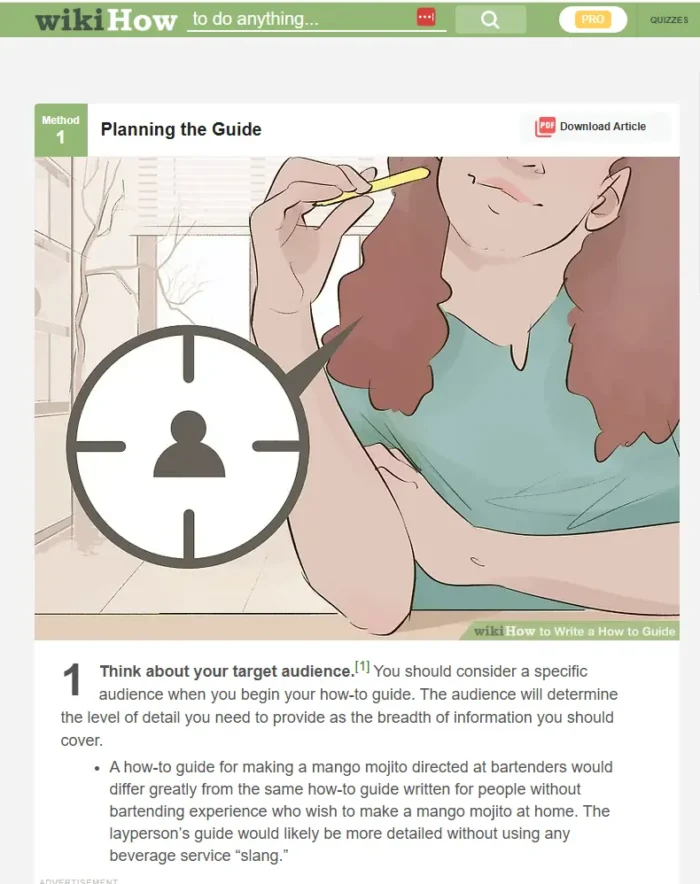The Easiest Way to Train Any Kid to Be More Minimalist
I have long given up the fantasy that I could live in a minimal, streamlined environment with two children. I declared us a family of maximalists and let the piles of art projects, stuffed animals, building materials, and books...

I have long given up the fantasy that I could live in a minimal, streamlined environment with two children. I declared us a family of maximalists and let the piles of art projects, stuffed animals, building materials, and books grow like snow drifts from the corners of every room. When I’m sick of tripping over things, I fantasize about shoveling it all into a bin.
As tempting as it sounds, though, tossing your kids’ toys while they are at school is not the way to go.
“It can often cause kids to feel violated, scared, worried, and like they can’t trust you,” writes life coach Allie Casazza in her book Declutter Like A Mother: A Guilt-Free, No Stress Way To Transform Your Home and Your Life.
According to Casazza, people with minimalist fantasies can declutter, even if you live with children.
Kids who are 3 or older are old enough to participate in decluttering their own stuff, with your guidance, Casazza writes. Before you even talk about their Beanie Boo collection, show them how you’re implementing a decluttering plan and minimalism with your own stuff. While they get used to the idea of minimalism, you should start thinking about how each child’s unique personality will determine their motivation to declutter.
Identify your child’s personality type
While developing a program to help parents and kids declutter, Casazza learned from family therapist Amy Tirpak about identifying a child’s personality and motivation type. Which type fits your child?
Empathic and generous
They’re very aware of other people’s feelings.They like to make other people happy.They are often good at sharing things.Competitive
They turn every activity into a game, race, or challenge.They can make even the simplest tasks into a competition.They compare themselves to others.Motivated by money and things
They love stuff and money.They always wants something new.They find joy in shopping and purchasing.Emotional and attached
They actually love their things.They are attached to things regardless of value.They believe their toys have feelings.Motivated by quality time
They always wants to be with their parent.They have trouble playing independently.They can get impatient and complain about things taking too long.They consider chores and tasks an obstacle to spending time with you.Introducing minimalism to kids
Casazza says her minimalist methods can free you and your children from “the overwhelming culture of materialism.”
Start by setting your intention for the type of childhood taking place in your home, she writes. Get the kids involved in setting their childhood intention. If the whole family agrees your values for childhood are, for example, curiosity, creativity, comfort, and imagination, you now have a common vocabulary for talking about what kinds of stuff really belongs in their lives. When you are ready to start decluttering kids’ spaces, your intention will be a guide for what to keep and what to toss.
Tips for each type of kid
For an empathetic and generous kid, focus on how donating items gives joy to other children. They will be motivated by helping others and making others feel good. While you declutter with them, talk about how it feels to imagine passing each toy on to another child.
For competitive kids, turn decluttering into a game. Challenge them to let go of an item in each color of the rainbow or to predict how many donated items can fit in a particular box. Point out their strengths—like quick decisions, good organization, or staying focused—as they help you.
With a kid who is motivated by money and possessions, emphasize creating space for their next birthday or holiday haul. If they are saving up for a purchase, agree to donate a proportional dollar amount for each purged item.
For an emotional or attached child, focus on honoring their feelings and attachment, helping them process the loss while explaining the need to let things go. Listen and validate their attachment to items.
If your child is motivated by quality time, decluttering can be a special time for the two of you to work together. As long as they have your attention, further convincing may not be necessary.
Before you get started, Casazza writes, make a plan and show the kids you have confidence in this process. Match your gameplan to your kid’s personality, keep your attitude fun and positive, and redirect their attention to the great things they are keeping.

 JaneWalter
JaneWalter 
































